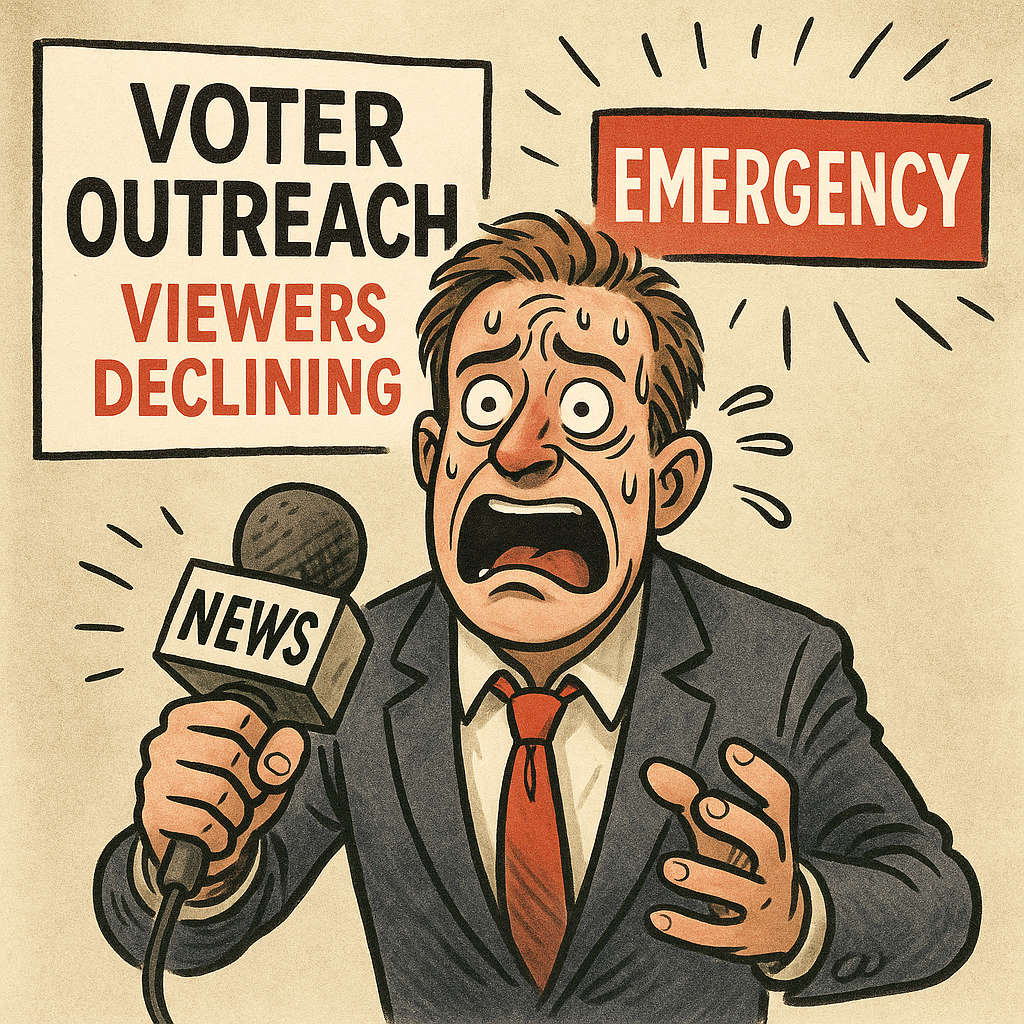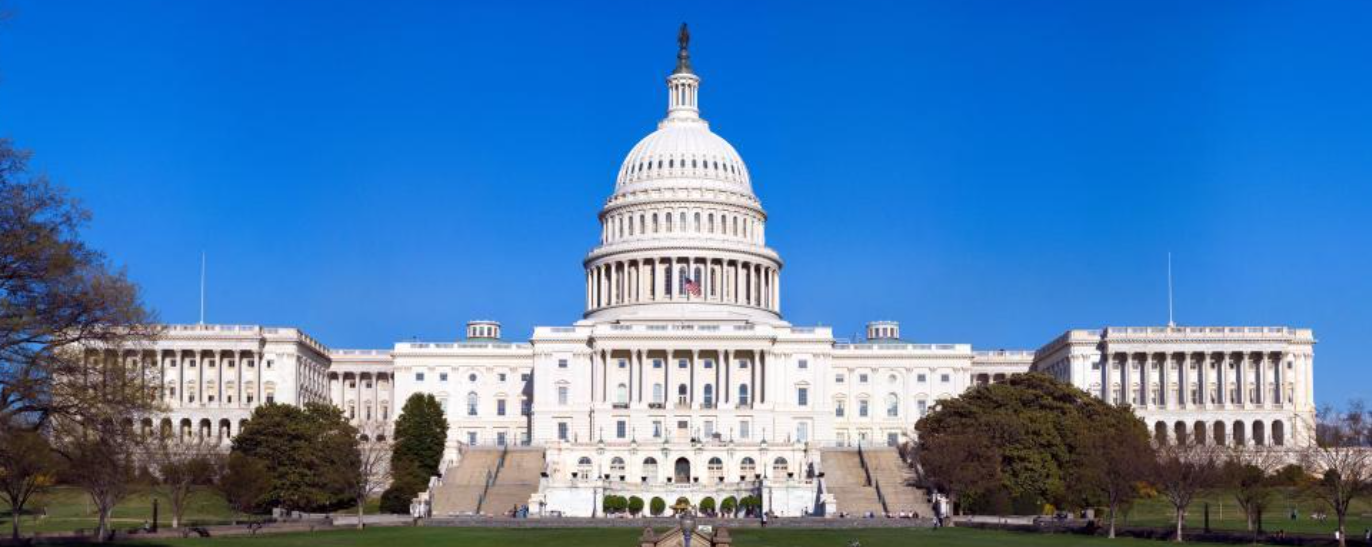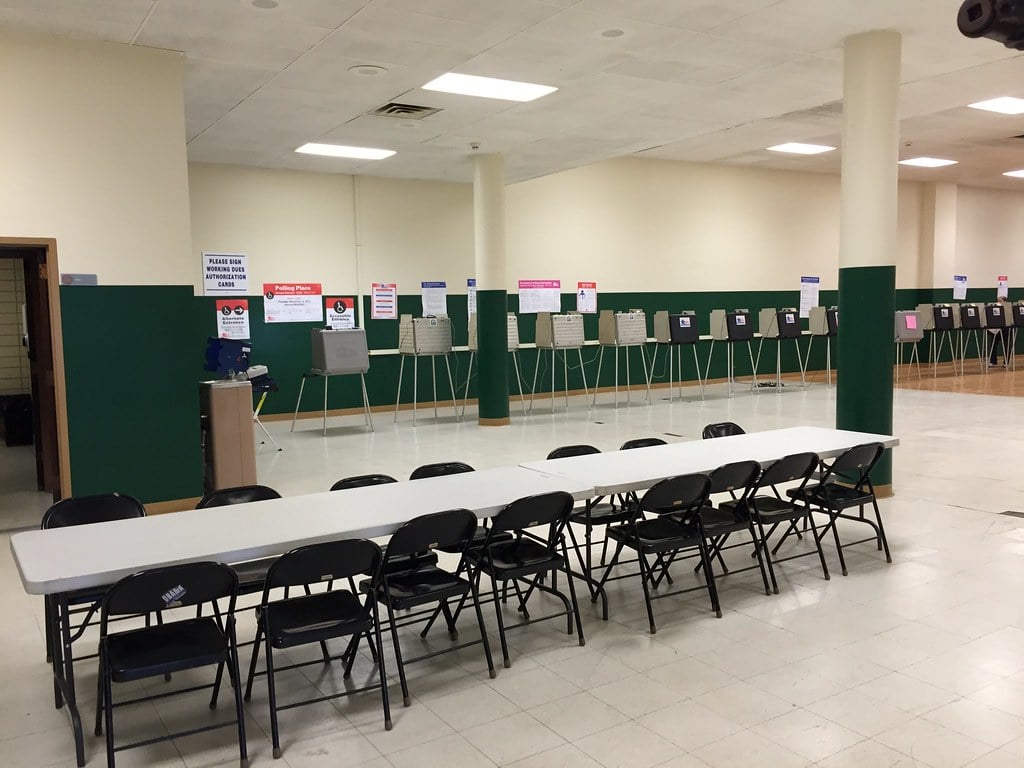2024 saw 1.9 billion campaign contact attempts, but key voters were still missed. Without swift adaptation, 2026 will be even harder.
What to Know:
- Contact rates dropped significantly in 2024 despite near-record outreach attempts
- Young white and Hispanic men were the hardest demographic to reach
- Door-knocking and phone-banking are becoming ineffective and untrustworthy
- Fraudulent canvassing data and location spoofing are undermining field efforts
- Campaigns are pivoting to tech fixes and relational organizing to fill the gap
The ground game is on life support. Democratic campaigns in 2024 followed their tried-and-true strategy: a barrage of texts, billions of phone calls, and armies of canvassers. 1.9 billion contact attempts were recorded by NGP VAN alone. However, meaningful engagement sank despite all that volume. Voters did not answer the phone, answer the door, or reply.
Although campaigns continue to air, the number of viewers is declining. The failure of outreach is not the true emergency. It's that nobody knows exactly what they're going to do next.
Field Tactics Are Hitting a Wall
Campaigns have traditionally relied on three established methods for voter contact: phones, door-to-door visits, and digital outreach. However, a report from Higher Ground Labs, indicates that those approaches are rapidly losing favor. No one answers the phone. Texts that are political are either ignored or reported as spam. With voters increasingly viewing canvassers as strangers or annoyances to be avoided, even door-knocking, which was once thought to be the gold standard of field organizing, is losing its effectiveness.
Image generated by DALL-E
In 2024, this burnout hit a critical mass. Campaigns doubled down on outreach volume, yet found their returns shrinking. As one campaign staffer put it bluntly, “We contacted more people than ever and connected with fewer than ever. Something’s broken.” More than just the approach is failing; the trust underpinning it is eroding.
Fraud and Fake Data Are Undermining the System
Compounding the challenge, 2024 revealed a troubling new vulnerability: fraud within canvassing operations themselves. Reports emerged of canvassers using GPS spoofing software to fake their locations, logging door knocks that never happened, and submitting conversations they didn’t have. Campaigns paid for labor that didn’t yield real engagement. Entire voter contact universes were polluted by bad data.
Campaigns & Elections mentions Nathan Bowman, who managed field operations during the 2024 cycle and now runs Touch Campaigns, described the breakdown as existential:
“If something doesn’t change dramatically in the way we collect data and have conversations, I frankly don’t see how we can continue to canvas.”
For down-ballot candidates or cash-strapped races, that’s a death sentence. Field programs live and die on data quality. Without reliable feedback, campaigns can’t test messages, refine targeting, or build trust. When the foundation cracks, the whole structure wobbles.
Younger Voters Are Disappearing From the Conversation
Perhaps the most damning finding in the Higher Ground report is who campaigns failed to reach. White and Hispanic men, especially younger voters, were notably underrepresented in successful contact lists. These are exactly the demographics Democrats are struggling to retain. From Nevada to Florida, GOP gains among Latino men and growing skepticism among Gen Z white men have shifted key margins. And yet these voters were the least likely to answer a call, open a door, or reply to a text.
Concurrently, successful contacts disproportionately included older women of color, a demographic consistently loyal to the Democratic party. Campaigns are preaching to the converted while losing contact with the disillusioned. That’s not just inefficient. It’s politically fatal.
New Tools: Not a Panacea
In the aftermath of 2024’s outreach debacle, technologists are scrambling to fix the problem. Bowman and digital strategist Gerrit Mora are developing a new web app called Touchstone, which verifies canvasser locations and imposes data checks to prevent fraud. Other firms are investing in better onboarding systems, gamified engagement tracking, and fraud detection models to restore trust in the field.
Image generated by DALL-E
Relational organizing has regained popularity. Instead of canvassing strangers, campaigns are now encouraging supporters to engage with their existing networks of friends, colleagues, and family, leveraging pre-existing trust. These peer-to-peer models tend to be more authentic and less intrusive, though they’re harder to scale quickly.
Mora is cautiously optimistic.
“It’s an uphill battle—just getting people to open the door and be responsive,” he said. “So when we are able to have those conversations, we need to make them easier. We need to be able to capture the data better.”
Campaigns Must Rebuild the Conversation, Not Just the Script
Sophisticated data models, predictive analytics, and targeting algorithms have been crucial to the success of modern campaigns. While still valuable for retrospective analysis and strategic planning, these tools no longer guarantee meaningful voter engagement. In fact, in a post-2024 landscape marked by declining trust and dwindling attention spans, the reliance on metrics alone has become more of a crutch than a compass.
Campaigns continue to prioritize the quantity of doors knocked, texts sent, and calls made, often equating these metrics with actual impact. But the reality on the ground tells a different story: voters aren’t answering, they aren’t responding, and more importantly, they aren’t feeling heard. This isn’t just a tactical failure; it’s a cultural one. Campaigns are trying to quantify connection, when what’s needed is the cultivation of trust.
Data's relevance isn't the issue. The problem is that data, when lacking context, authenticity, and genuine human connection, has reached its maximum effectiveness. Voters aren’t waiting to be measured or modeled; they’re waiting to be understood. And in this era of institutional skepticism and hyper-fragmented digital life, traditional outreach tactics increasingly resemble noise, not conversation.
Wrap Up
Moving forward, the campaigns that succeed will be the ones that stop treating outreach as a volume game and start treating it as a narrative craft. Measuring success won’t be about the number of contact attempts, but rather the message's resonance, the messenger's credibility, and the interaction's authenticity. That means embracing relational organizing, investing in localized storytelling, and shifting from scripts to substance.
The playbook that once revolutionized political campaigns has calcified into a ritual. If we want to win hearts, minds, and ultimately elections, we have to stop optimizing for engagement metrics and start rebuilding the emotional and cultural bridges that data alone can’t cross.
The field crisis of 2024 was not an anomaly; it served as a crucial warning. Campaigns cannot afford another cycle of missed contacts, fake data, and outdated assumptions. The 2026 political cycle will likely face similar challenges unless there's a fundamental change in how outreach is conducted, specifically concerning target audiences, building trust, and core values. The good news? The tools exist. The urgency is clear. What’s missing is the will to throw out the old playbook and build a new one from scratch.





-1.png)